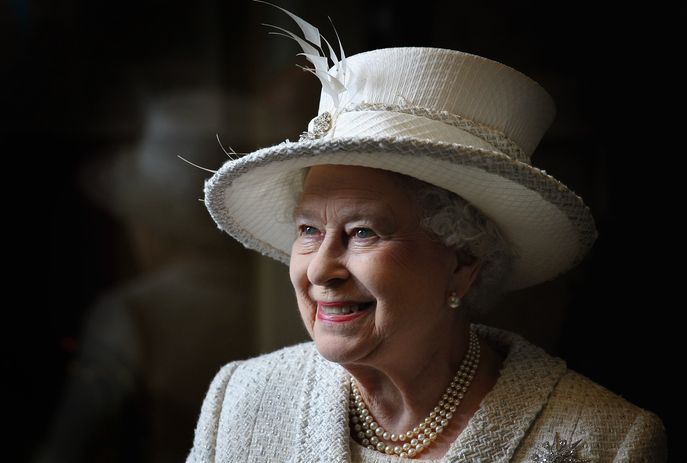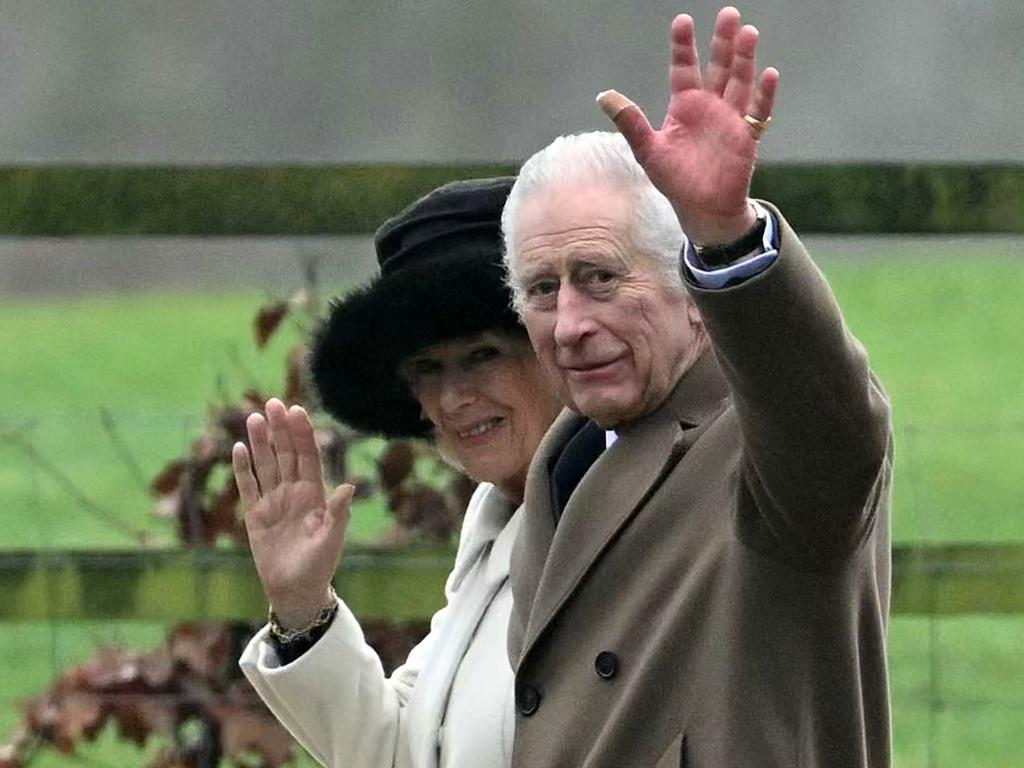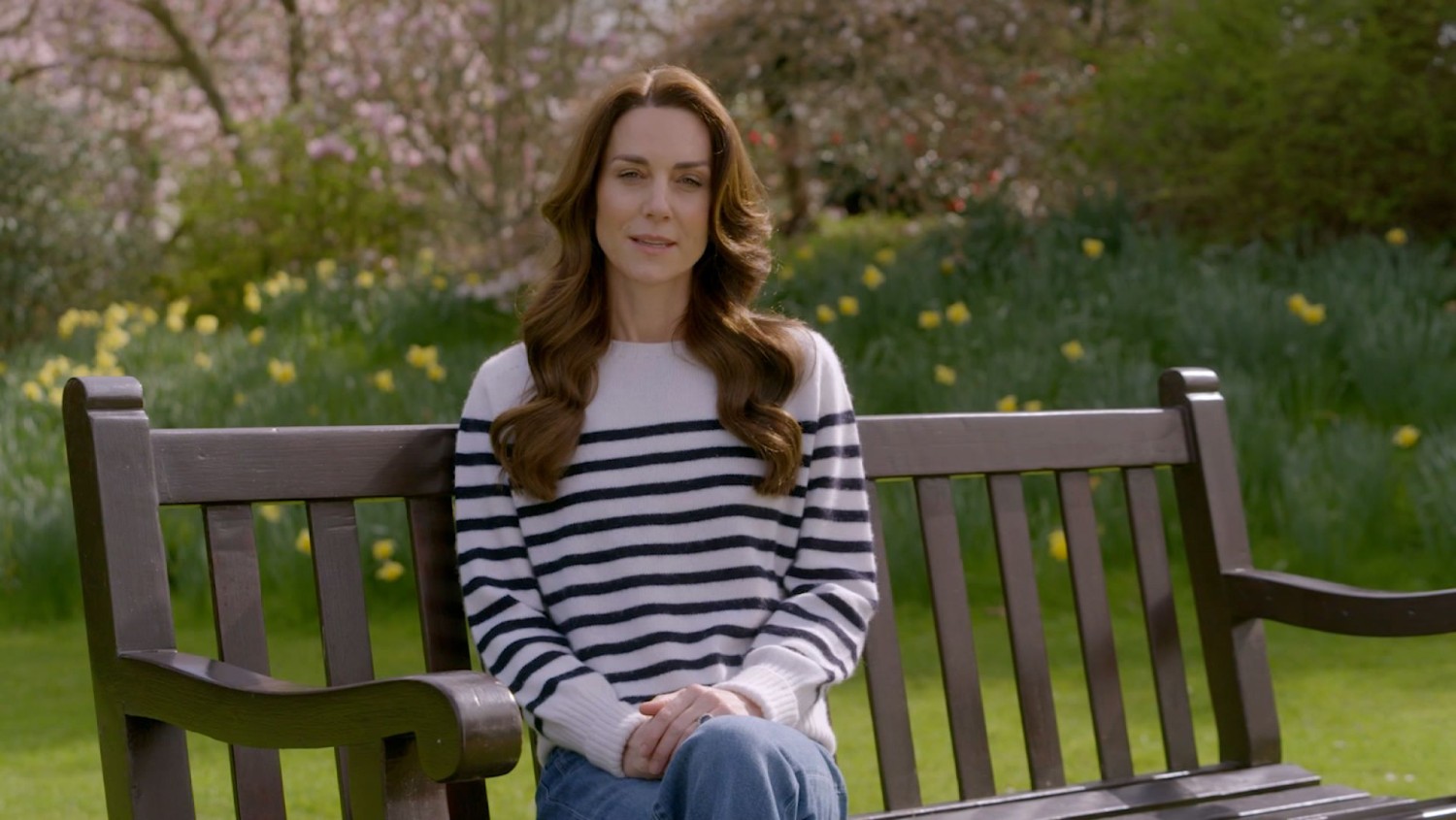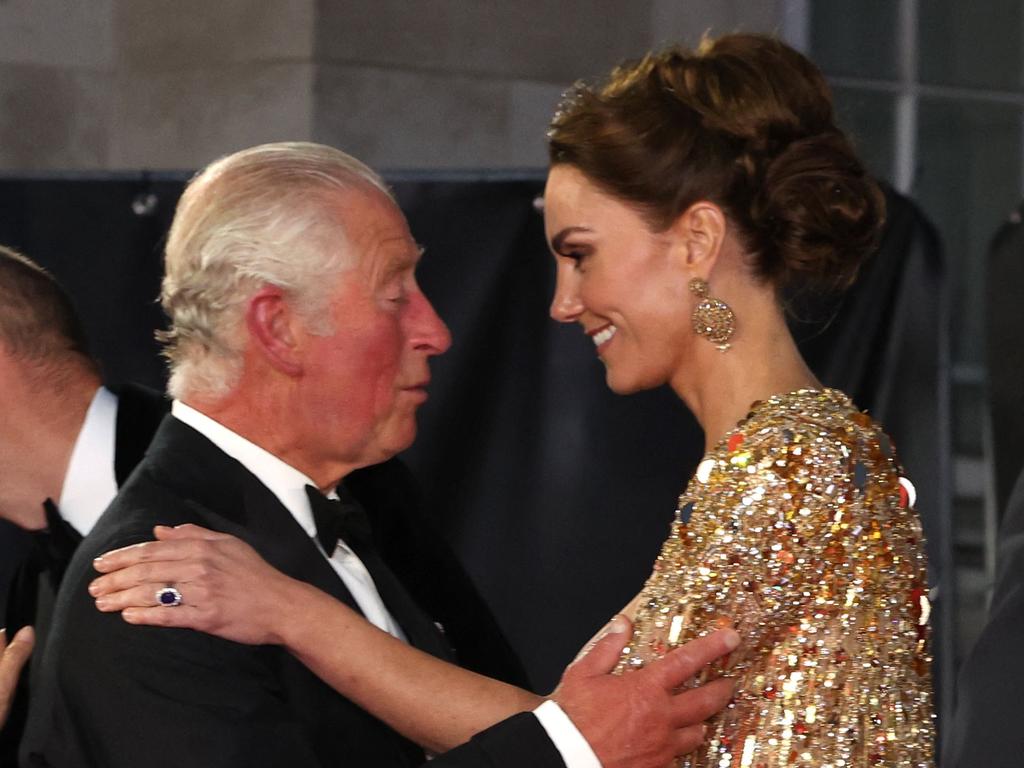This article is more than
2 year oldQueen Elizabeth II Dies at 96 After 70 Years on the Throne

Queen Elizabeth II, the longest lived and longest-reigning monarch in Britain’s history, has died at age 96. She was just 25 years old when her father, King George VI died, and she became head of the monarchy and the figurehead of a commonwealth of 2.4 billion people and over 50 countries. Photo: Pool Photo by Eddie Mulholland
LONDON—Queen Elizabeth II, the longest-serving monarch in British history, died on Thursday, plunging the U.K. into mourning.
Buckingham Palace said the 96-year-old monarch—who ascended the throne when Winston Churchill was prime minister and the nation was recovering from World War II—died at her residence in Balmoral, Scotland.
Her son Charles, 73, now becomes king. The queen’s eldest son was in Scotland with his family and is expected to return to London after spending the night in Balmoral. If he keeps his name as monarch, he will be called King Charles III.
“The Queen died peacefully at Balmoral this afternoon,” Buckingham Palace said in a statement.
The queen’s death marks a watershed moment for the U.K. Britons under the age of 70 have grown up knowing only one monarch. She was the most visible link to the country’s imperial past and the embodiment of national identity.
Across the nation and the globe, tributes began to pour in. Outside Buckingham Palace crowds mushroomed after the news that the queen had died. Many onlookers rushed to the gates of the palace, anxiously awaiting an official update. Meanwhile, in one corner of the crowd, some attendees broke out in song, singing “God Save the Queen.” Palace officials dressed in mourning suits posted the official notice of her death at the palace gates.
The House of Windsor is the last European monarchy to continue the practice of coronation. Marking her departure and the anointment of her successor will now be critical to that transition and to maintaining the pageantry vital to sustaining the monarchy’s role and power.

PHOTO: JANE BARLOW/ASSOCIATED PRESS
Queen Elizabeth’s historic reign spanned a period of deep social and economic change, from a nation of empire that pioneered globalization to a country that chose to pull out of the European Union, from a society with rigid class divisions to a diverse and more equal country.
There will be a 10-day period before her funeral during which a minutely choreographed commemoration will take place. Within minutes of the announcement, the British Broadcasting Corp. went dark and played the national anthem. Flags on government buildings flew half mast.
The government’s website will feature a black banner to commemorate her passing. Given her death took place in Scotland, she is expected to lie in state there before coming to London for a state funeral.
As news of the queen’s ill health spread earlier in the day, crowds began to gather outside Buckingham Palace.
“There will never be another monarch like her,” said Sarah Bunting, a childcare professional who lives in west London. “She has been a rock for so many years and millions of people throughout the United Kingdom and the world will miss her.”
During her last year of life, the queen was dogged by ill health and used a cane to get around, gradually reducing in-person meetings, especially after the passing of her husband Prince Philip last year. Even so, she kept up her constitutional duties. On Tuesday, she appointed new Prime Minister Liz Truss during a meeting in Balmoral.
While Britons had braced for the queen’s death, her demise came quickly. At around noon London time, minutes before palace officials released a statement saying doctors were concerned about her health, British politicians were passed notes in the House of Commons. As word spread, lawmakers asked each other to borrow black ties.
Within minutes, the BBC suspended its regular programming and its news presenters were dressed in black suits and ties.
The queen was born in 1926 and her life stretched from the Roaring 20s through World War II, the Cold War, the collapse of Communism, the rise of the internet and China and finally a return of war to Europe with Russia’s invasion of Ukraine.
Her reign spanned 15 prime ministers and 14 U.S. presidents, starting with Harry Truman. Despite the crumbling of the empire during her reign, her popularity endured and she remained the head of state of 15 countries.
“She was the last real European monarch, the last link to the world of the Romanovs, the Habsburgs, and probably the last European monarch to be revered. I don’t think there will be another one again,” said Ben Judah, a senior fellow at the Atlantic Council in London.
“It’s hard to explain the depth of connection between the British and the queen,” he added. “She’s on our coins, our stamps, she was the face of our diplomacy for as long as anyone remembers. She appeared at key moments on Christmas Day and sporting events. She’s almost a spiritual grandmother that transcends politics and class.”
Caitlin McCabe contributed to this article.
Keywords
Newer articles
House Speaker Plans Separate Ukraine, Israel Aid Votes to Overcome Deadlock
Tumultuous Trump trial day ends with 12 jurors, 1 alternate selected
Israel Launches Retaliatory Strike Against Iran
Russia's meat grinder soldiers - 50,000 confirmed dead
Apple deletes WhatsApp, Threads from China app store on orders from Beijing
Narendra Modi: India’s popular but controversial leader seeking a transformative third term
Kiev demands Israel-style security guarantees
‘URANIUM’: Terrifying detail about Israel’s strike on Iran emerges
More than a dozen killed in Ukraine after Russian strike on apartment block




